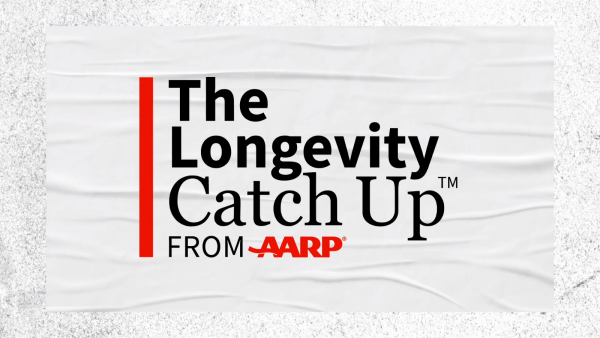Sequencing the human #genome for $100 (or less) will undoubtedly open up new areas of research & improve human health- impacting #healthspan & #longevity. Newborn screening will predict chronic diseases. It will serve as a boon to underfunded diseases such as #cysticfibrosis. Allow for the collecting of #bigdata lending itself to research on complex #heterogeneous diseases such as #schizophrenia & #depression. Lead to the identification of explanatory variants. However, no great advancement comes without risks- moral & ethical conundrums. This article by David Cox in Leaps.org provides a good overview. Thinking about this- should we start planning for the $100 full sequence now? How will it impact your medical practice, patient treatment options and your drug discovery, biologics and #celltherapy research? Perhaps sequencing will happen at our local CVS, Walgreens or Publix!
– Bernard Siegel
By David Cox – Leaps.org
In May 2022, Californian biotech Ultima Genomics announced that its UG 100 platform was capable of sequencing an entire human genome for just $100, a landmark moment in the history of the field. The announcement was particularly remarkable because few had previously heard of the company, a relative unknown in an industry long dominated by global giant Illumina which controls about 80 percent of the world’s sequencing market.
Ultima’s secret was to completely revamp many technical aspects of the way Illumina have traditionally deciphered DNA. The process usually involves first splitting the double helix DNA structure into single strands, then breaking these strands into short fragments which are laid out on a glass surface called a flow cell. When this flow cell is loaded into the sequencing machine, color-coded tags are attached to each individual base letter. A laser scans the bases individually while a camera simultaneously records the color associated with them, a process which is repeated until every single fragment has been sequenced.





